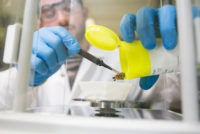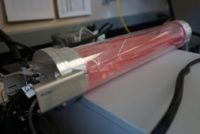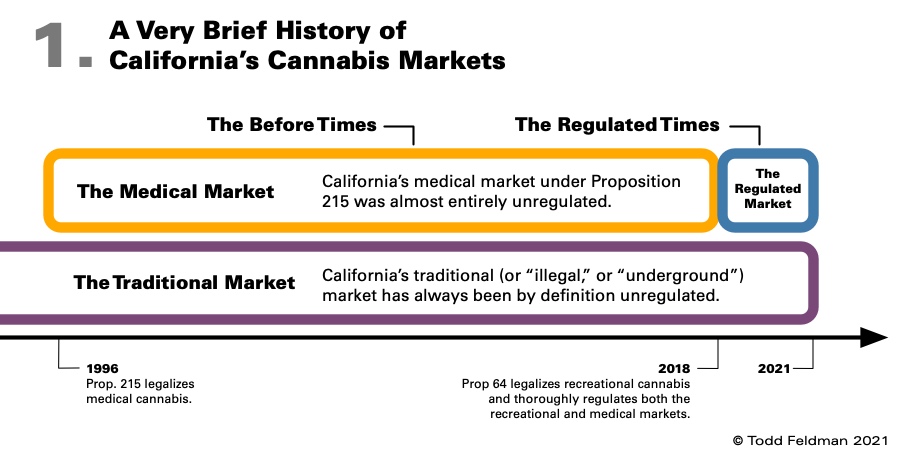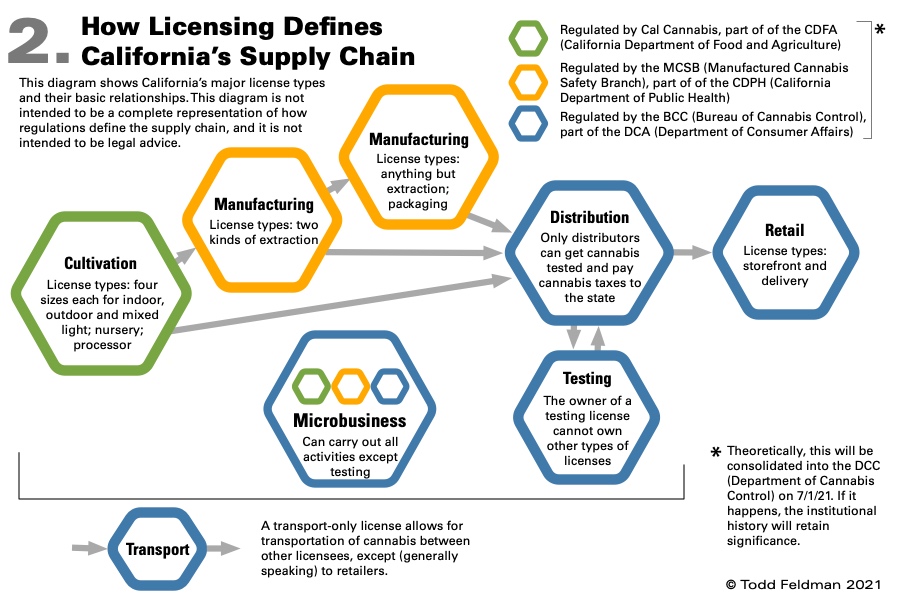LAS VEGAS, NV (February 3, 2021) – Cannabis Conference, the cannabis industry’s leading conference for cultivators, retailers, extraction specialists and hemp growers—will return to the Paris Las Vegas Hotel & Casino from August 24-26, 2021. Presented by award-winning media brands Cannabis Business Times, Cannabis Dispensary and Hemp Grower magazines, Cannabis Conference will bring together current and prospective cannabis business operators, university professors, consultants, technology and solutions providers and more for three dynamic days of education and expo.
“We look forward to reconvening at our annual event in-person this August and offering valuable networking opportunities that will push this rapidly evolving industry forward,” Group Publisher Jim Gilbride said. “Our team at Cannabis Conference works diligently to offer the highest level of education for attendees, coupled with the most relevant exhibitors that will help improve their day-to-day operations and bottom lines.”
Cannabis Conference’s education program will address the most pressing issues plant-touching businesses face, as well offer tangible solutions operators can implement into their own businesses. Sessions are being crafted with the assistance of Cannabis Conference’s 2021 Advisory Board, including:
- Salpy Boyajian – Executive Vice President/Board Chairman, Flower One
- Sjoerd Broeks – Genetic Development/R&D Director, THE PHARM
- Debby Goldsberry – Executive Director, Magnolia Wellness and Flor; Co-Founder, Berkeley Patients Group collective
- David Holmes – Owner & CEO, Clade9
- Colin Kelley – Operating Partner, Merida Capital; Board Member, LeafLine Labs
- Emily Kowalski – Director of Cultivation, LeafLine Labs
- Claudio Miranda – Co-Founder, Guild Enterprises
- Kenneth Morrow – Owner, Trichome Technologies
- Alisia Ratliff, PMP – Chief Executive Officer & Founder, Victus Capital Ventures LLC
- Anna Shreeve – President, Urban Paragon, Inc., Targeted Intent, Inc. and The Bakeréé
- Mason Walker – Co-Owner/CEO, East Fork Cultivars
- Hope Wiseman – Owner, Mary & Main Dispensary
“We simply would not be able to provide the level of programming we offer without the help of our esteemed and experienced advisory board members, who are constant sounding boards about the current challenges and opportunities in the cannabis industry,” Editorial Director Noelle Skodzinski said. “Whether you are planning to enter or new to the industry, or an experienced plant-touching business, you’ll come away with valuable lessons to help you and your business succeed by attending Cannabis Conference’s educational sessions.”
In addition to dozens of sessions on everything from cultivation to facility buildout, operations, and retail and cultivation business strategies, Cannabis Conference will also feature 100+ exhibitors on its trade show floor, including experts in: horticultural lighting, nutrients, growing media, pest control, structures, drying and storage, IT services, marketing solutions, accounting and finance, POS software, packaging and labeling, and much more.
For additional information about Cannabis Conference 2021, including registration information, a current list of exhibitors and sponsors and more, visit www.cannabisconference.com.
About Cannabis Conference
Cannabis Conference 2021, presented by Cannabis Business Times, Cannabis Dispensary, and Hemp Grower, is the leading educational provider for plant-touching businesses in the legal cannabis and hemp markets. The three-day event will be held at Paris Las Vegas Hotel & Casino in Las Vegas, Nev., on August 24-26, 2021.
The Cannabis Conference exhibition hall will feature industry-leading technologies, solutions and services for the professional cannabis cultivator and retail businesses.
For more information, visit www.cannabisconference.com.








